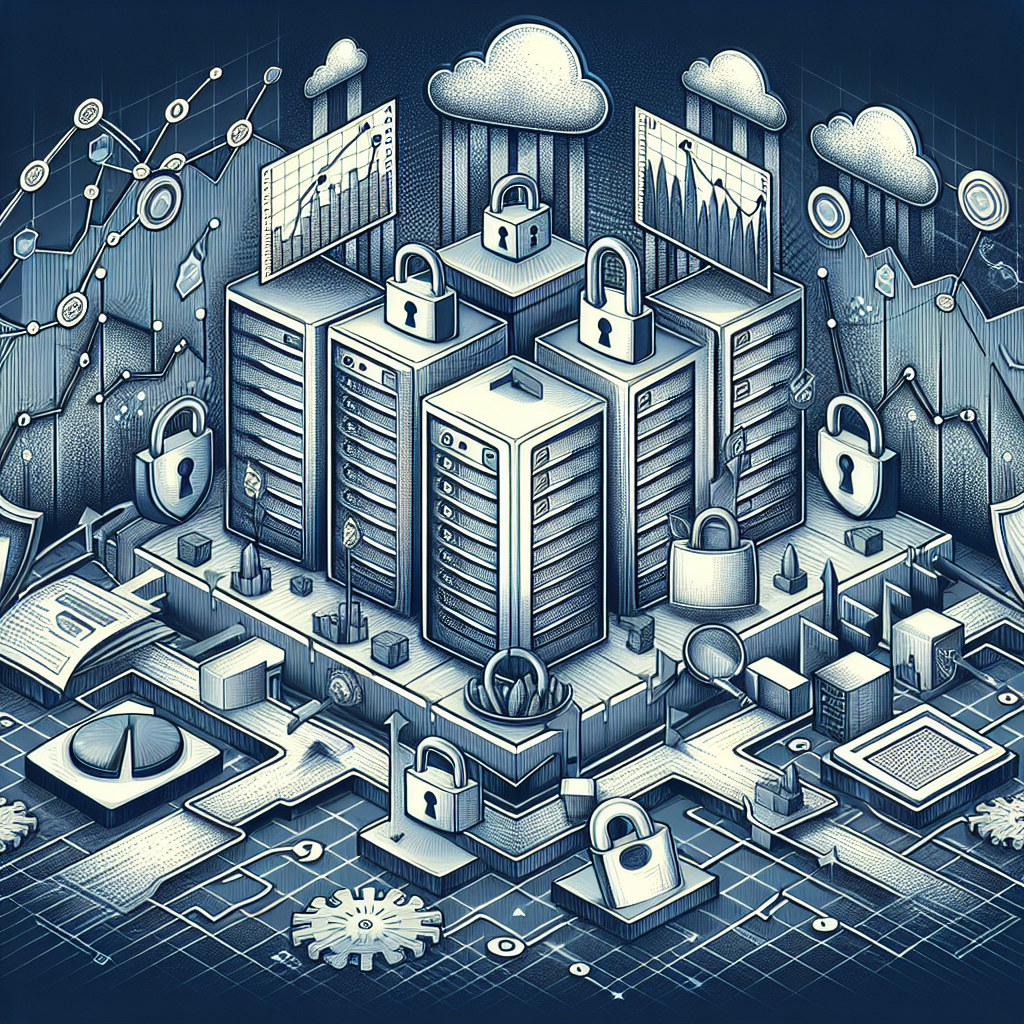Your cart is currently empty!
Achieving Data Center Compliance: Strategies for Maintaining Security and Compliance in a Changing Environment

In today’s digital age, data centers play a crucial role in storing and processing vast amounts of information for businesses around the world. With the increasing importance of data security and compliance regulations, it is essential for organizations to implement strategies to ensure their data centers are compliant with industry standards and regulations.
One of the key challenges faced by data center operators is the constantly evolving regulatory landscape. From the General Data Protection Regulation (GDPR) in Europe to the Health Insurance Portability and Accountability Act (HIPAA) in the United States, there are a myriad of regulations that data centers must adhere to in order to protect sensitive information and avoid hefty fines.
To achieve data center compliance, organizations must prioritize security measures and implement robust strategies to safeguard their data. Here are some strategies for maintaining security and compliance in a changing environment:
1. Conduct regular audits and assessments: Regular audits and assessments are essential for identifying vulnerabilities and ensuring that data center operations are in compliance with industry standards. By conducting thorough security assessments, organizations can proactively address any potential risks and take necessary steps to mitigate them.
2. Implement access controls: Access controls are critical for ensuring that only authorized personnel have access to sensitive data within the data center. By implementing strong authentication measures, such as biometric scanners and multi-factor authentication, organizations can prevent unauthorized access and safeguard their data.
3. Encrypt data in transit and at rest: Encrypting data in transit and at rest is essential for protecting sensitive information from unauthorized access. By implementing encryption protocols, organizations can ensure that data is secure both when it is being transmitted between devices and when it is stored within the data center.
4. Train employees on security best practices: Employees are often the weakest link in data security, so it is important to provide regular training on security best practices. By educating employees on the importance of data security and compliance, organizations can reduce the risk of human error leading to data breaches.
5. Stay informed about regulatory changes: The regulatory landscape is constantly evolving, so it is important for organizations to stay informed about changes to data security and compliance regulations. By staying up to date on industry standards and best practices, organizations can ensure that their data centers remain compliant with current regulations.
In conclusion, achieving data center compliance requires a proactive approach to security and a commitment to staying informed about regulatory changes. By implementing robust security measures, conducting regular audits, and training employees on best practices, organizations can maintain compliance in a changing environment and protect their sensitive data from potential threats.

Leave a Reply